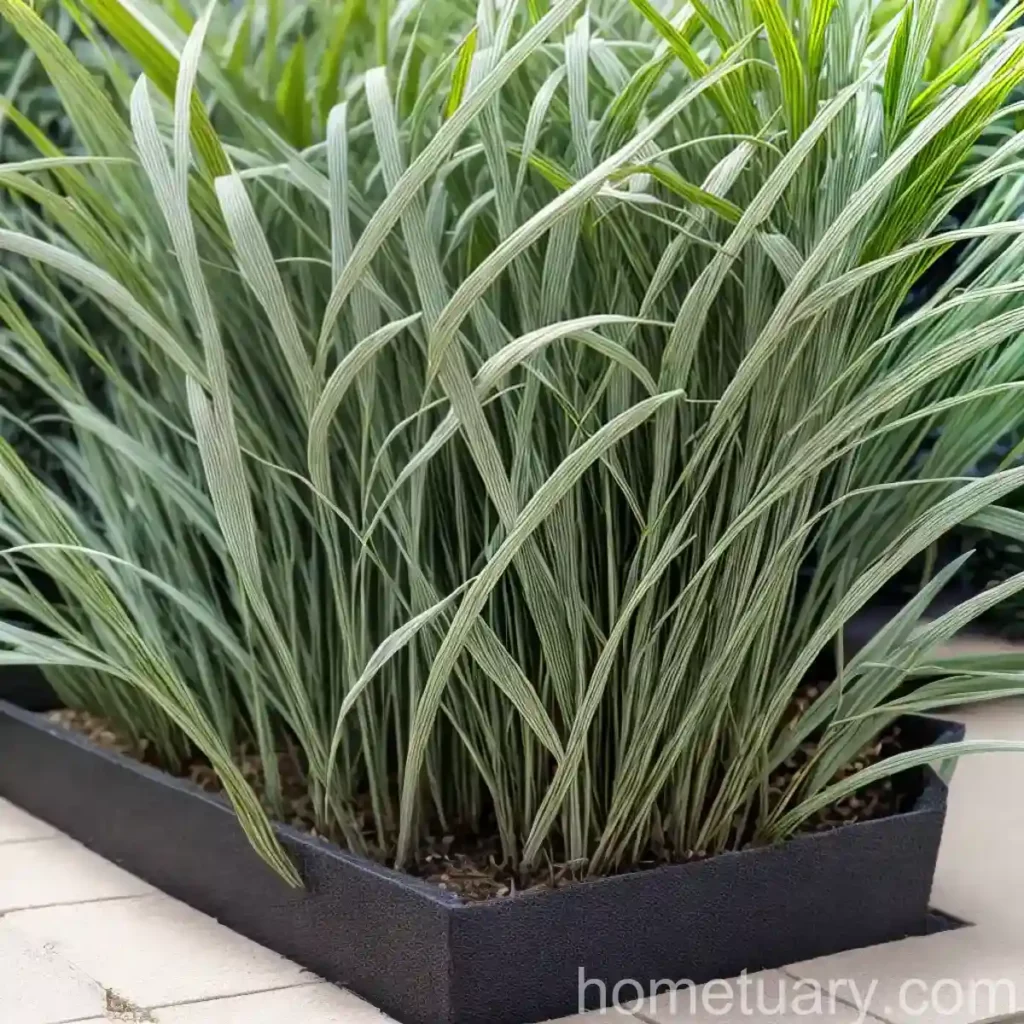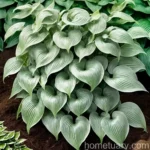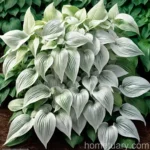The Wonderful World of Dwarf Mat Rush (Lomandra longifolia ‘LM300’ BREEZE)
Plants play a vital role in our daily lives, from enhancing the aesthetic appeal of our surroundings to providing food, medicine, and oxygen. One plant that has been gaining popularity in landscaping and gardening due to its versatility and low-maintenance nature is the dwarf mat rush, scientifically known as Lomandra longifolia ‘LM300’ BREEZE. In this comprehensive guide, we will delve deep into the world of the dwarf mat rush, exploring its characteristics, uses, care requirements, and much more.
What is Dwarf Mat Rush (Lomandra longifolia ‘LM300’ BREEZE)?
Dwarf mat rush, also known as Lomandra longifolia ‘LM300’ BREEZE, is a compact, clumping perennial plant that belongs to the Asparagaceae family. This evergreen plant is native to Australia and is well-adapted to a wide range of environmental conditions, making it a popular choice for landscaping, container gardening, and erosion control.
Dwarf mat rush is characterized by its fine, strap-like foliage and its ability to thrive in various soil types and light conditions. Its resilience, low water requirements, and attractive appearance have made it a sought-after plant for both professional landscapers and gardening enthusiasts.
Now, let’s explore the key takeaways, culture, uses, and care requirements of the dwarf mat rush to gain a comprehensive understanding of this remarkable plant.
Key Takeaways – Dwarf Mat Rush (Lomandra longifolia ‘LM300’ BREEZE)
Dwarf mat rush (Lomandra longifolia ‘LM300’ BREEZE) offers a plethora of benefits and features that make it a valuable addition to any garden or landscape. Here are the key takeaways:
- Well-suited for low-maintenance landscapes
- Drought-resistant and suitable for xeriscaping
- Compact, evergreen, and ornamental
- Native to Australia
- Versatile uses in landscaping and container gardening
- Resilient against common diseases and pests
- Adaptable to a variety of soil and light conditions
These key takeaways outline the exceptional qualities and potential applications of the dwarf mat rush, setting the stage for a detailed exploration of its culture, uses, and care requirements.
Culture of Dwarf Mat Rush (Lomandra longifolia ‘LM300’ BREEZE)
Water
Dwarf mat rush is well-known for its exceptional drought tolerance, making it an ideal choice for water-wise landscapes and gardens. Once established, it requires minimal supplemental watering, thriving in dry conditions without compromising its attractive appearance. It is essential to avoid overwatering, as excessive moisture can lead to root rot and other issues.
Sunlight
This versatile plant exhibits remarkable adaptability to various light conditions, ranging from full sun to partial shade. It can thrive in both sunny and partially shaded areas, making it suitable for a wide range of landscaping and gardening settings.
Fertilizer
Dwarf mat rush has low fertilizer requirements and can thrive without frequent feeding. A balanced, slow-release fertilizer applied in spring can help promote healthy growth, but it is important to avoid over-fertilization, as excessive nutrients can negatively impact the plant’s natural resilience.
Soil
One of the standout features of dwarf mat rush is its ability to thrive in different soil types, including sandy, loamy, and clay soils. However, it thrives best in well-draining soil to prevent waterlogging, which can be detrimental to its overall health. Maintaining optimal soil conditions is crucial for the long-term success of this plant.
Pruning
Minimal pruning is required for dwarf mat rush, making it an excellent choice for low-maintenance landscapes. Removal of any damaged or unsightly foliage, as well as occasional thinning to maintain its tidy appearance, is typically all that is necessary.
Propagation
Dwarf mat rush can be propagated through division or seed, although division is the preferred method for maintaining the characteristics of specific cultivars. Division should be carried out in early spring to allow sufficient time for new plants to establish themselves before the onset of harsh environmental conditions.
Container Popularity
The compact size and adaptability of dwarf mat rush make it a popular choice for container gardening. It can thrive in containers placed on patios, balconies, or even indoors, adding a touch of greenery to urban or limited space environments.
These cultural considerations offer valuable insights into the adaptability and ease of maintenance of the dwarf mat rush, setting the stage for a closer look at its uses and applications.
Uses of Dwarf Mat Rush (Lomandra longifolia ‘LM300’ BREEZE)
The versatile nature of dwarf mat rush makes it suitable for a wide range of landscaping and gardening uses. Whether used as a ground cover, accent plant, or container specimen, it offers numerous practical and aesthetic benefits. Here are some common uses of dwarf mat rush:
-
Ground Cover: Its compact growth habit and resilience make it an excellent choice for ground cover in both residential and commercial landscapes.
-
Erosion Control: The dense root system of dwarf mat rush makes it effective for controlling erosion on slopes and embankments.
-
Container Gardening: Its adaptability to container growth allows for its use in urban environments, balconies, and patios where space may be limited.
-
Accent Plant: Due to its fine-textured foliage and compact form, it serves as a visually appealing accent plant in garden beds, borders, and rockeries.
-
Xeriscaping: With its low water requirements and drought tolerance, dwarf mat rush is well-suited for xeriscape gardens and water-wise landscapes.
Common Diseases and Pests
Disease Diagnosis
Dwarf mat rush is generally resistant to most common plant diseases. However, it may occasionally be susceptible to root rot if exposed to prolonged waterlogging or overly wet conditions. Proper soil drainage and avoiding overwatering are crucial for preventing disease issues.
Common Pests
The resilience of dwarf mat rush also extends to its ability to withstand most pest infestations. However, occasional infestations by aphids or spider mites may occur. These can typically be managed through natural predators or insecticidal soap if necessary.
Understanding the plant’s disease resistance and pest tolerance provides valuable insight into its overall resilience and suitability for various landscaping settings.
Botanist’s Tips for Dwarf Mat Rush (Lomandra longifolia ‘LM300’ BREEZE)
As a plant enthusiast and botanist, here are some expert tips to enhance the growth and visual appeal of dwarf mat rush:
-
Well-Draining Soil: Ensure that the planting site provides adequate drainage to prevent waterlogging and promote healthy root development.
-
Minimal Pruning: Avoid excessive pruning, as dwarf mat rush generally maintains its tidy appearance with minimal intervention.
-
Optimal Light: While adaptable to various light conditions, providing the plant with bright, indirect light can contribute to robust growth and vibrant foliage.
-
Regular Monitoring: Periodically check the soil moisture and overall health of the plant to promptly address any issues that may arise.
These tips can help ensure the successful cultivation and maintenance of dwarf mat rush, enhancing its visual appeal and longevity in the landscape.
Fun Facts about Dwarf Mat Rush (Lomandra longifolia ‘LM300’ BREEZE)
- The name “mat rush” is derived from the plant’s ability to form dense mats or clumps as it spreads, making it an effective ground cover.
- Dwarf mat rush is known for its role in Australian indigenous culture, where the tough, fibrous leaves were traditionally used to create items such as baskets and ropes.
- Some cultivars of Lomandra longifolia, including ‘LM300’ BREEZE, are highly valued for their ability to withstand coastal conditions, including salt spray and winds.
These fascinating facts provide a deeper understanding of the historical significance and ecological adaptability of dwarf mat rush, adding further appreciation for this remarkable plant.
Links to External Resources
To further expand your knowledge and explore additional resources about dwarf mat rush and related topics, consider visiting the following links:
- Royal Horticultural Society – Lomandra longifolia ‘LM300’ BREEZE
- Australian Native Plants Society (Australia) – Dwarf Lomandra Varieties
- University of Florida IFAS Extension – Lomandra longifolia for Landscapes
Conclusion
Dwarf mat rush (Lomandra longifolia ‘LM300’ BREEZE) stands out as a versatile, low-maintenance, and visually appealing plant that holds significant potential for a wide range of landscaping and gardening applications. Its resilience, adaptability, and aesthetic charm make it a valuable addition to diverse environments, from urban gardens to coastal landscapes.
By understanding its culture, uses, care requirements, and unique characteristics, gardeners and landscaping professionals can harness the full potential of dwarf mat rush to create vibrant, sustainable, and visually captivating outdoor spaces.
Embracing the charm and resilience of dwarf mat rush opens the door to endless creative possibilities in garden design, landscaping, and conservation efforts, contributing to the enduring beauty and ecological balance of our surroundings. Whether used for erosion control, as an ornamental accent, or as a low-maintenance ground cover, the versatility of dwarf mat rush makes it a cherished asset in the realm of horticulture and landscape design.
Experience the allure of dwarf mat rush and discover the endless opportunities it presents for enhancing outdoor spaces, showcasing the enduring beauty and resilience of this remarkable Australian native plant.
Keywords: Dwarf plants, Mat rush plants, Lomandra longifolia LM300, Breeze mat rush, Lomandra dwarf varieties, LM300 Lomandra, Lomandra longifolia cultivars, Dwarf mat rush plant care, LM300 BREEZE plant, Low maintenance plants, Drought-resistant plants, Compact plants, Ornamental grasses, Evergreen plants, Australian native plants, Landscaping with dwarf mat rush, Lomandra longifolia varieties, LM300 dwarf mat rush, Hardy plants, Shade-tolerant plants, Garden design with dwarf mat rush, LM300 BREEZE plant characteristics, Lomandra longifolia LM300 features, LM300 BREEZE care tips, Dwarf mat rush in containers, LM300 BREEZE landscaping ideas, Lomandra longifolia LM300 maintenance, LM300 BREEZE planting guide, Lomandra longifolia LM300 for small spaces, LM300 BREEZE in rock gardens, Dwarf mat rush for borders, LM300 BREEZE in coastal gardens, Lomandra longifolia LM300 companion plants, LM300 BREEZE water requirements, Dwarf mat rush for urban gardens, LM300 BREEZE soil preferences, Lomandra longifolia LM300 growth habit, LM300 BREEZE as ground cover, Dwarf mat rush for xeriscaping, LM300 BREEZE landscape maintenance, Lomandra longifolia LM300 propagation methods, LM300 BREEZE plant size, Dwarf mat rush for low-maintenance landscapes, LM300 BREEZE winter care, Lomandra longifolia LM300 drought tolerance, LM300 BREEZE in native gardens, Dwarf mat rush for erosion control, LM300 BREEZE wildlife attraction, Lomandra longifolia LM300 disease resistance, LM300 BREEZE fall interest.















